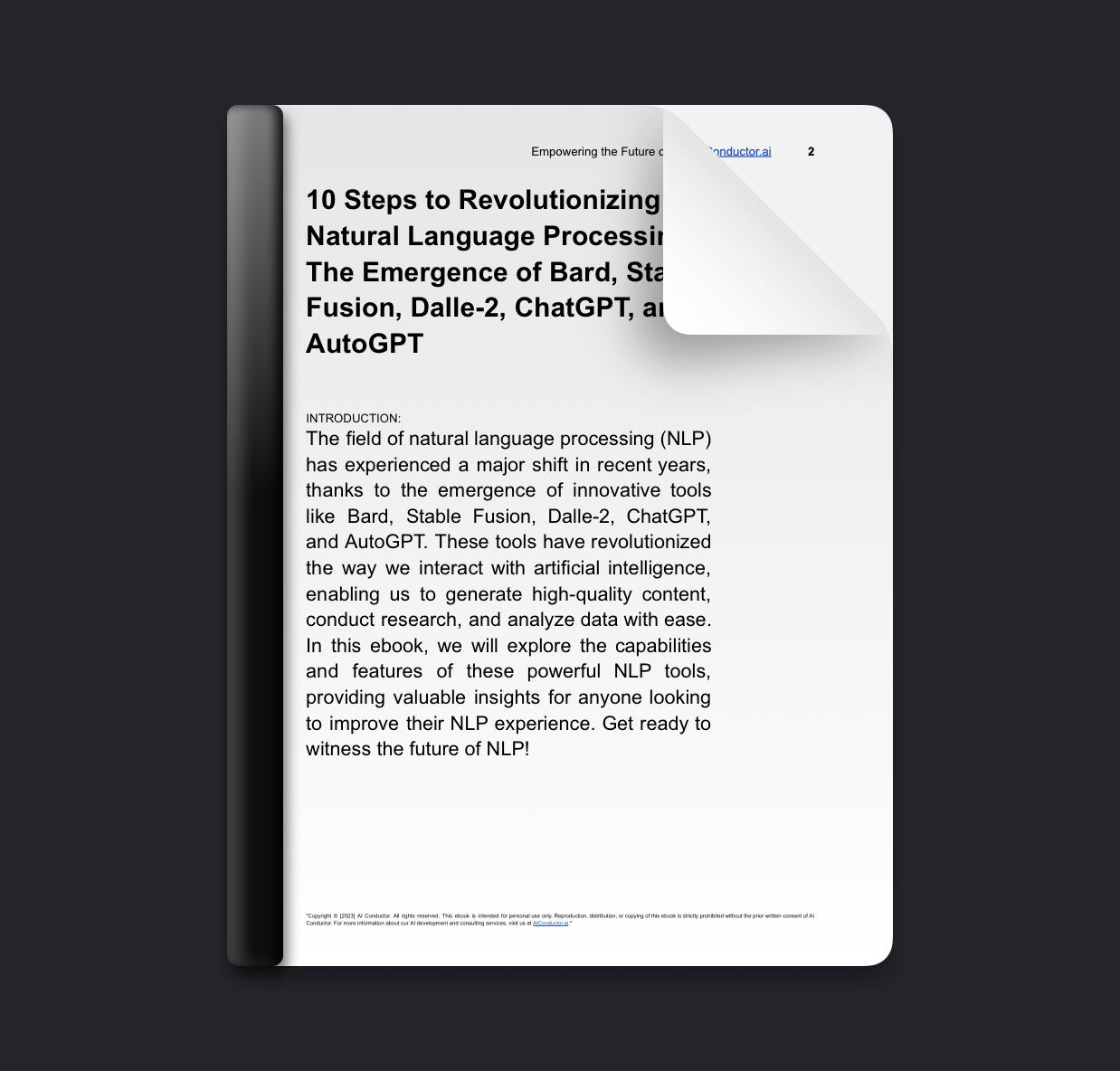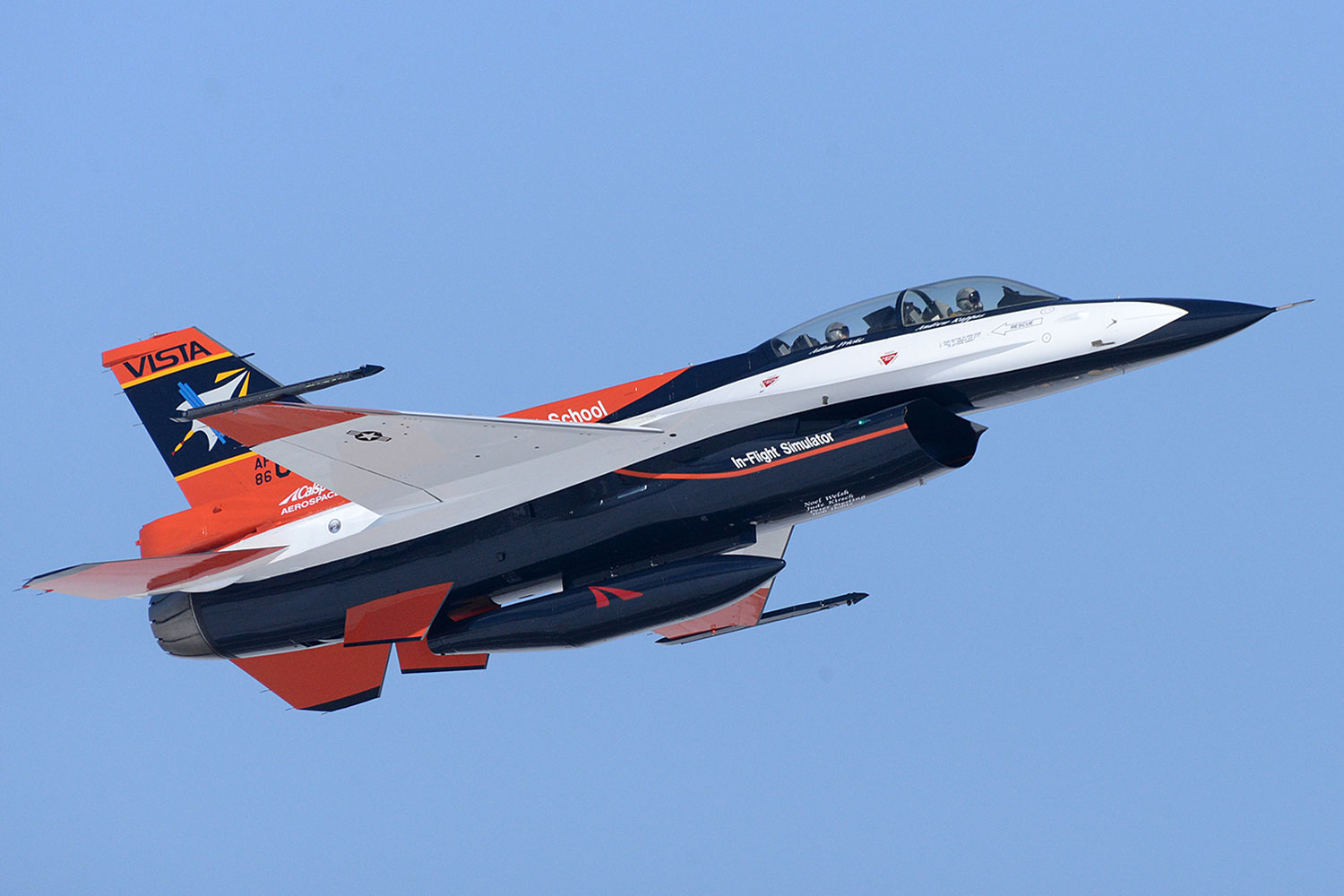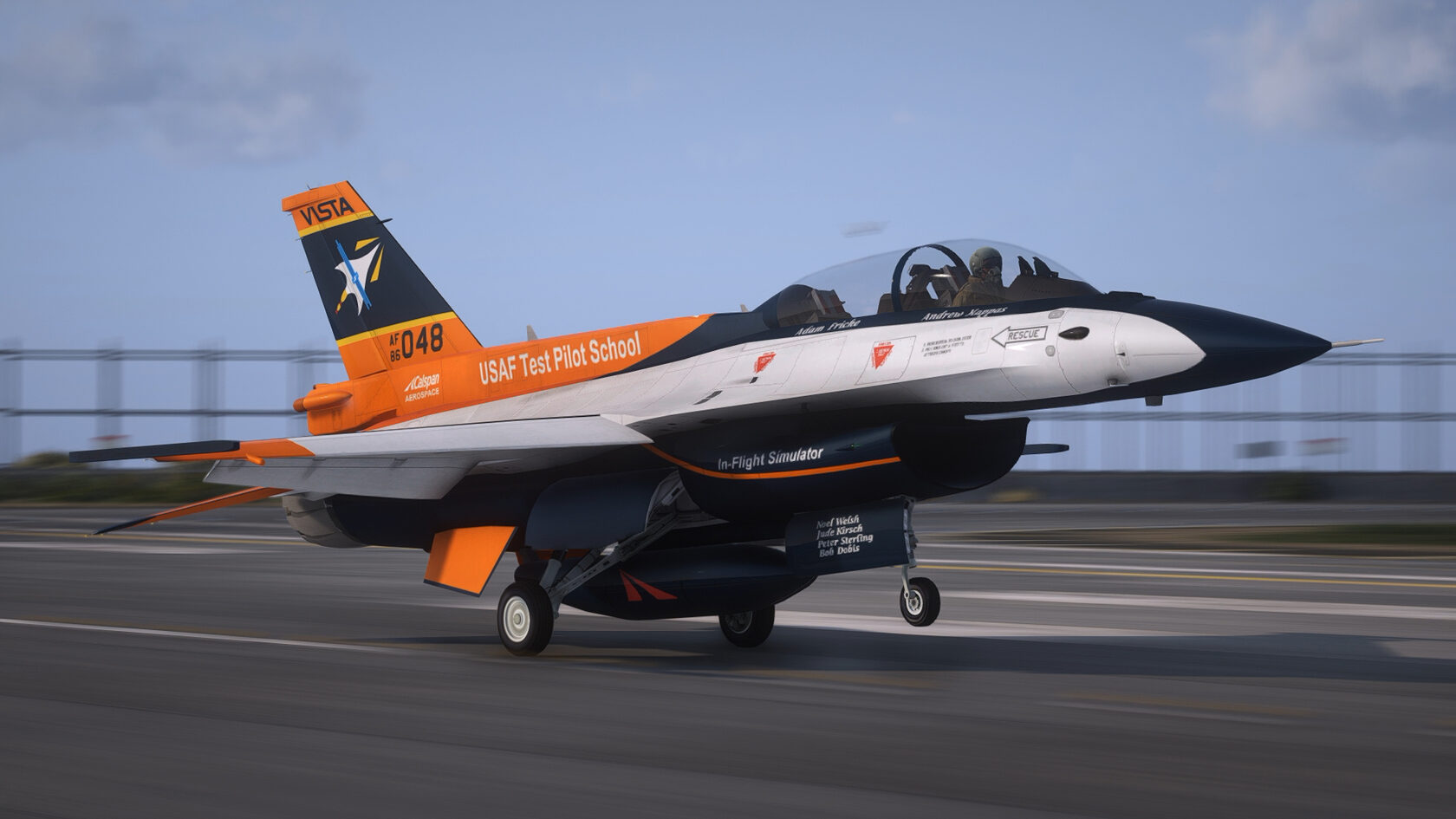
We asked:
What would be the consequences if the US Air Force's Skyborg AI fighter jets were to be hacked or malfunction?
The Gist:
The US Air Force is developing a new type of fighter jet, dubbed "Skyborg Vista", which will be powered by Artificial Intelligence (AI). This AI-powered jet will be able to autonomously fly, perform basic tasks, and even engage in combat with other aircraft. By using AI, the Air Force hopes to create a more efficient, cost-effective fighter jet that will give them a strategic advantage in the air.
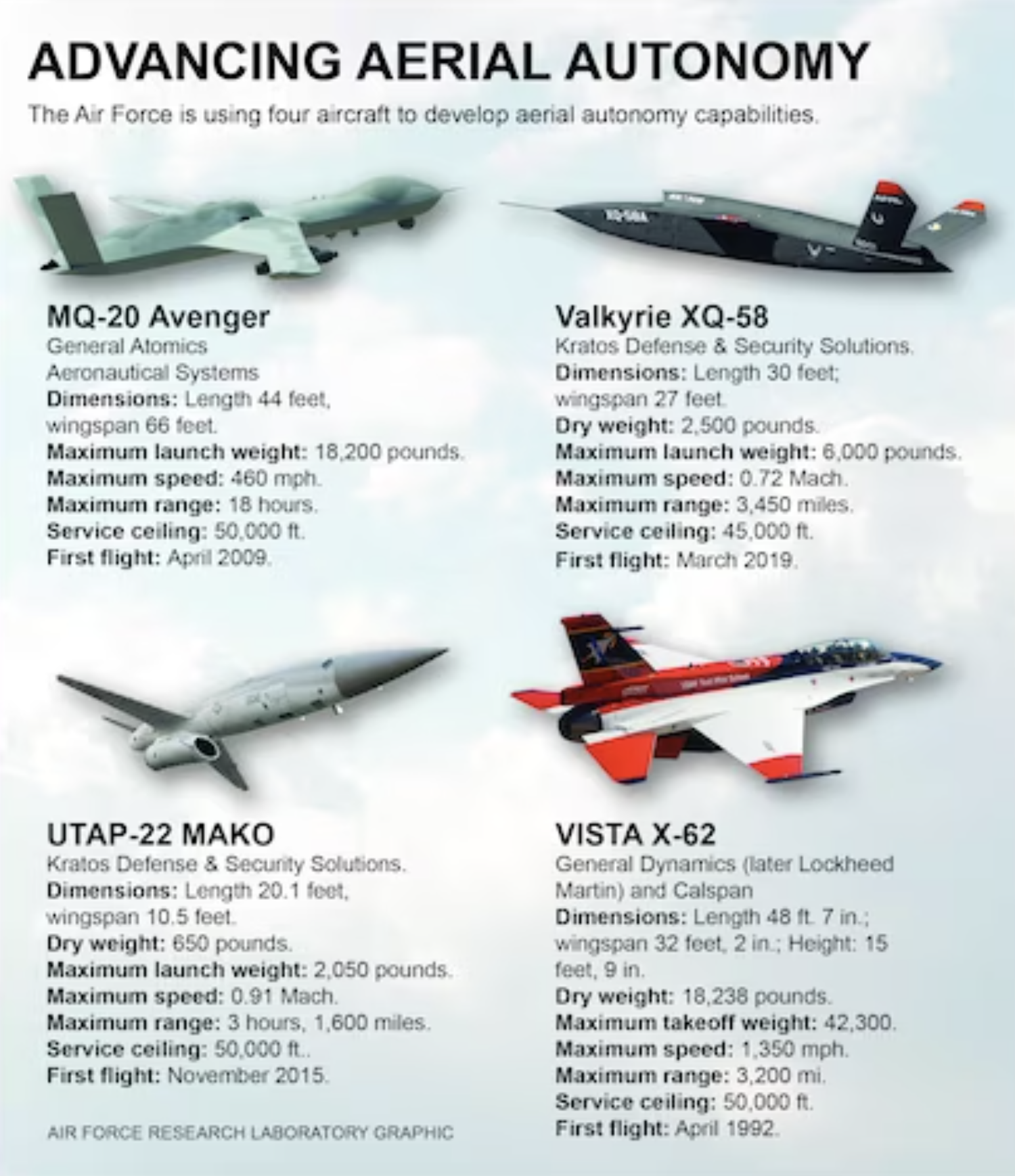
Decoded:
We live in a world that is constantly expanding in the world of technology. From self-driving cars to flying drones and from artificial intelligence (AI) to driverless planes, it has become quite evident that humanity is rapidly advancing in the technology field.
In the United States, the Air Force is joining the forefront of this technological revolution with its recent announcement of the “Skyborg” initiative. According to Wired, the Skyborg project is working to create a fleet of AI-powered fighter jets by the end of 2021.
The initiative, referred to as the “Vista”, is an autonomous weapons system that will mainly aid in the mission of ensuring American superiority in the sky. It is being developed with the aid of the company, General Atomics Aeronautical Systems Inc (GA-ASI).
What is particularly notable and distinct about the Vista is that it combines both human and machine elements. Along with having automated features and capabilities of human-like decision-making capabilities, it will also be powered by human pilots and will have the capacity to have human operators co-pilot.
The US Air Force hopes that this new technology will not only make combat more efficient and serve on the battlefield, but that it will also provide increased capabilities and the ability to respond in a more timely manner. Additionally, Skyborg will also help reduce the costs associated with training, manpower and overall mission operations.
The new Vista project is quite a remarkable technology, and it will be very interesting and intriguing to see how it develops and contributes to the future of warfare in the years to come. As with any new technology, there are no guarantees as to how it will be received and implemented, but it seems clear that the US Air Force is pushing the boundaries of what is possible and pushing the limits of what we think is technologically feasible.
Whether the Vista fulfills its mission and can truly be an asset to US operations and help maintain national security will only be seen in time and as more details about the Skyborg program come to light. In the meantime, it is exciting to witness the rapid advancement of our military forces and know that they are making great efforts in developing the technology that will help maintain the country’s reign in the military world. There's no doubt that this initiative is sure to inspire and innovate many more initiatives in the future.
In the United States, the Air Force is joining the forefront of this technological revolution with its recent announcement of the “Skyborg” initiative. According to Wired, the Skyborg project is working to create a fleet of AI-powered fighter jets by the end of 2021.
The initiative, referred to as the “Vista”, is an autonomous weapons system that will mainly aid in the mission of ensuring American superiority in the sky. It is being developed with the aid of the company, General Atomics Aeronautical Systems Inc (GA-ASI).
What is particularly notable and distinct about the Vista is that it combines both human and machine elements. Along with having automated features and capabilities of human-like decision-making capabilities, it will also be powered by human pilots and will have the capacity to have human operators co-pilot.
The US Air Force hopes that this new technology will not only make combat more efficient and serve on the battlefield, but that it will also provide increased capabilities and the ability to respond in a more timely manner. Additionally, Skyborg will also help reduce the costs associated with training, manpower and overall mission operations.
The new Vista project is quite a remarkable technology, and it will be very interesting and intriguing to see how it develops and contributes to the future of warfare in the years to come. As with any new technology, there are no guarantees as to how it will be received and implemented, but it seems clear that the US Air Force is pushing the boundaries of what is possible and pushing the limits of what we think is technologically feasible.
Whether the Vista fulfills its mission and can truly be an asset to US operations and help maintain national security will only be seen in time and as more details about the Skyborg program come to light. In the meantime, it is exciting to witness the rapid advancement of our military forces and know that they are making great efforts in developing the technology that will help maintain the country’s reign in the military world. There's no doubt that this initiative is sure to inspire and innovate many more initiatives in the future.
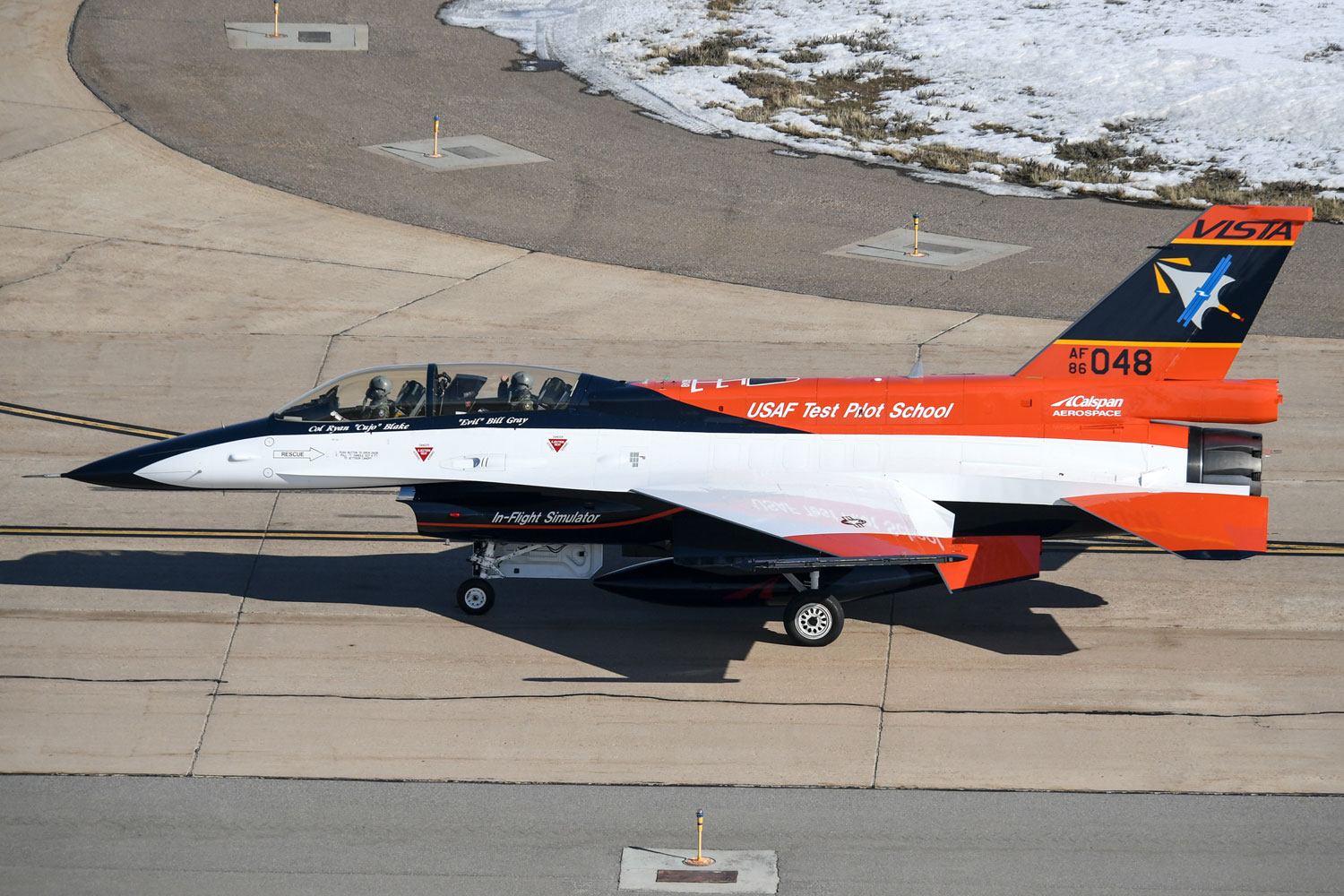
Essential Insights:
Three-Word Highlights
AI, Fighter Jets, Skyborg
Winners & Losers:
Pros:
1. Increased safety of pilots by reducing the number of human pilots in dangerous situations.
2. Increased accuracy of decisions due to the AI's ability to analyze data quickly.
3. Increased efficiency of missions by allowing the AI to take on more mundane tasks.
Cons:
1. Potential for malfunction resulting in unintended consequences.
2. Increased risk of hacking and malicious interference.
3. Difficulty in establishing trust in the AI's decisions.
Bottom Line:
The bottom line is that the US Air Force is making progress towards the development of autonomous fighter jets that will be able to work in tandem with human pilots. Skyborg Vista is the first step in this effort, and it is expected to be operational in the near future.
Ref.
Join The Conversation!
